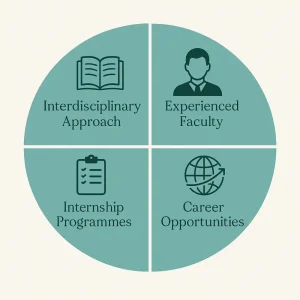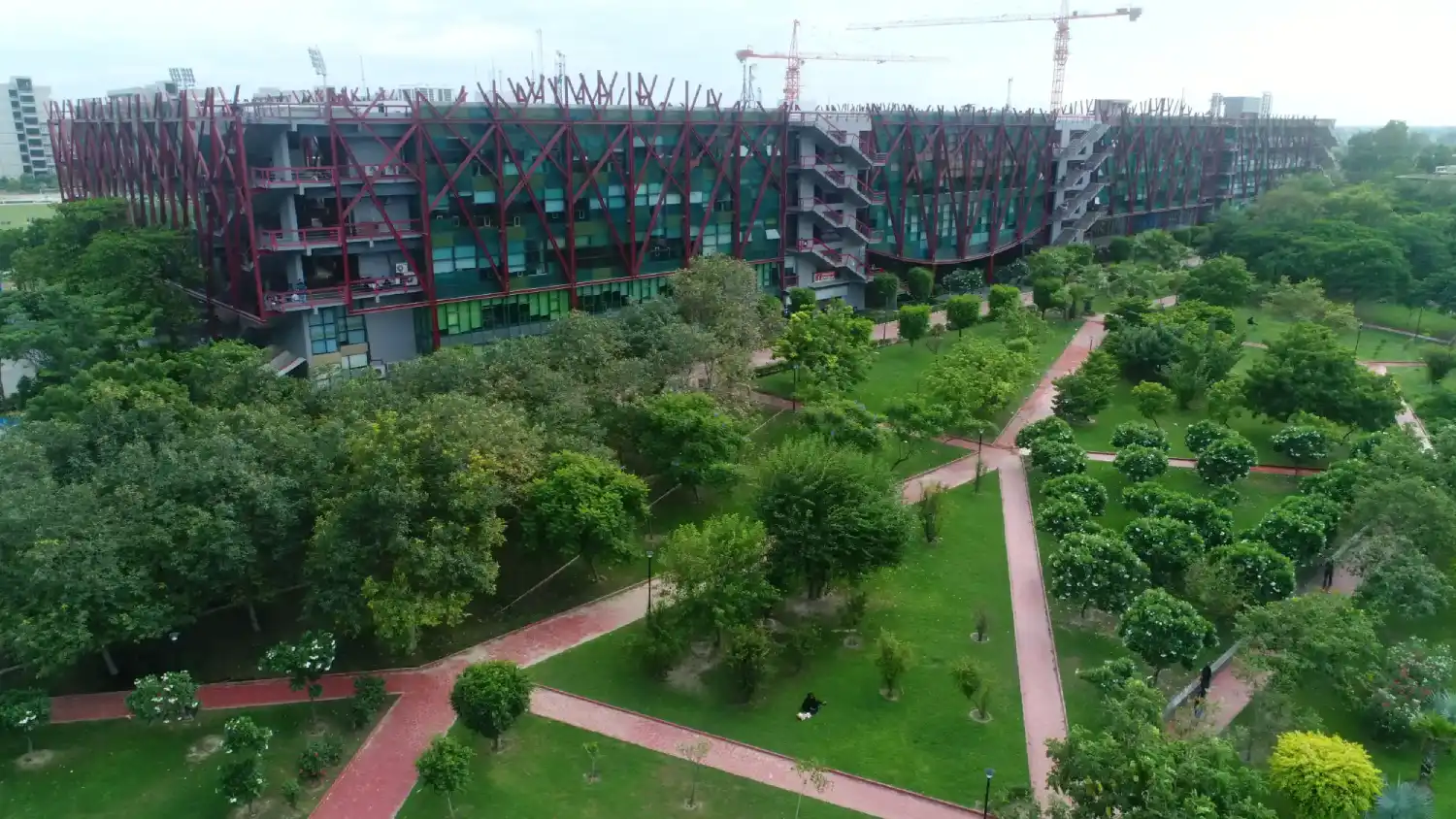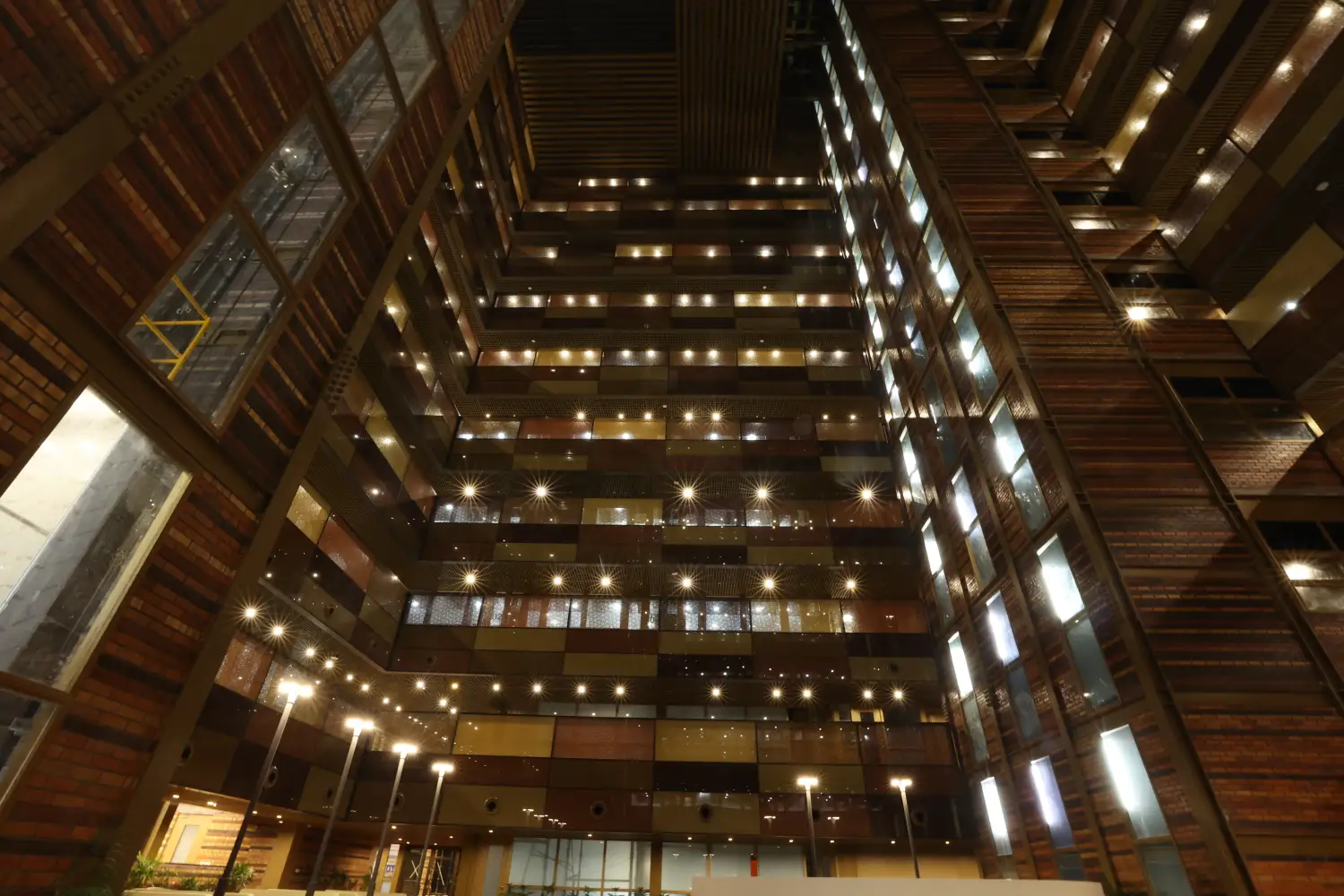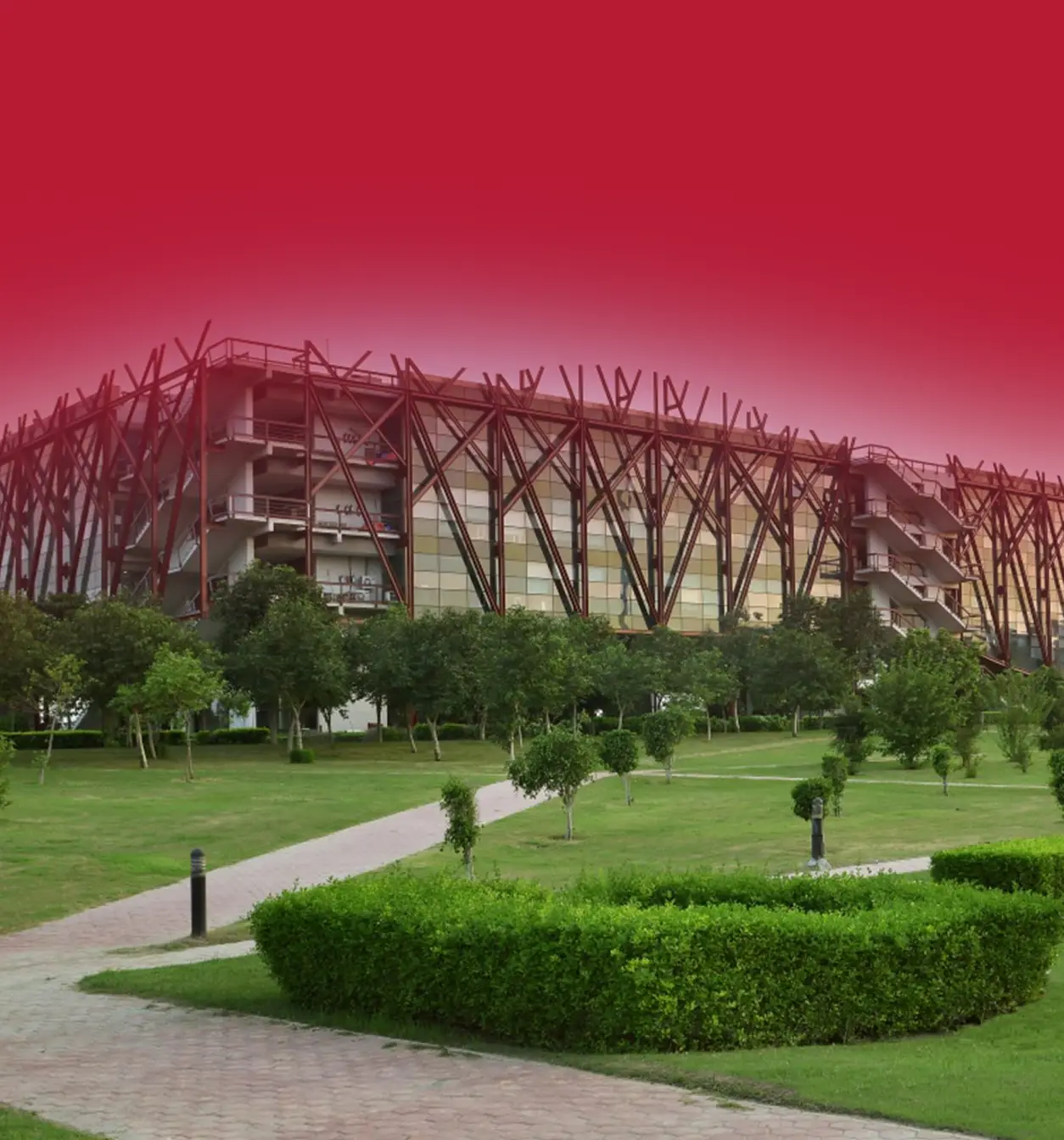Introduction
The Earth’s climate has always experienced slight fluctuations; however, these natural variations do not account for the current climate change phenomenon, which has severely disrupted weather patterns and triggered widespread environmental changes across the globe. Today, climate change has emerged as a global crisis, affecting every nation on the planet. One of the most critical contributors to this issue is the impact of deforestation on climate change, as large-scale tree loss increases carbon emissions, reduces carbon sinks, and accelerates global warming. Scientists have openly acknowledged that the ongoing environmental degradation and the compounded effects of global warming are primarily driven by human activities. To create meaningful change on a planetary scale, rigorous research, academic studies, and committed groundwork are essential—starting from local and regional initiatives and scaling up to a global effort.
How Does Deforestation Affect Climate Change?
The human activities of over 200 years have cost the whole world dearly, raising the Earth’s surface temperature by 1.2°C. On paper, it may not say or seem much, but the effects of global warming are slowly but steadily seeping into ordinary lives. One of the many reasons for this change has proven to be the vast levels of deforestation done in the name of civilization, progress and many other things.
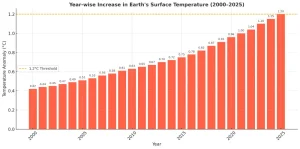
The rich biodiversity of the planet Earth are the very resource that makes this planet inhabitable, and the years of human destruction have unsettled the delicate balance, and the changing weather, heatwaves, untimely floods and cyclones are the direct result of this. According to WWF-UK, a rough estimate of nearly 10 billion trees is cut down every year all around the world, and this alarming rate of deforestation has been happening for the past 200 years, at least.
Many world leaders and powerful organisations have pledged to achieve net-zero emissions by 2030, which will halt the rising temperature of the planet to pre-industrial levels or 1.5°C. The rising concerns have given rise to several research studies and awareness programs to be established around the human environment interaction, with the hopes of creating sustainable development.
Why Is Climate Change The Biggest Concern Of The Century?
The years of living dangerously, exploiting the planet’s natural resources and overall environmental degradation have steadily led the world to a tipping point. Naturally, the effects of climate change, Global warming, greenhouse gas emissions, and loss of biodiversity are being felt on a wider scale.
As the need for reform is being discussed, a B. A (Hons.) in Environment & Sustainable Development course from Jindal School of Environment & Sustainability ensures a web of scope and opportunities for those who care for the world and want to contribute to a sustainable future for all. These courses will improve your scope of working in numerous fields, starting with academia, research to becoming consultants and journalists for the environmental cause.
Explore Jindal School of Environment & Sustainability
Environment & Sustainable Development Course
Why Opt For Environment & Sustainable Development Studies at JSES?
The B.A. (Hons.) in Environment & Sustainable Development offered by the Jindal School of Environment & Sustainability (JSES) is more than just a degree—it’s a gateway to becoming a changemaker in an increasingly eco-conscious world. As global challenges like climate change, environmental degradation, and resource scarcity intensify, there is an urgent demand for educated professionals who can provide sustainable solutions across all sectors.
This forward-thinking program is designed to empower students with both theoretical knowledge and practical skills essential for addressing environmental concerns at local, national, and international levels. Through an interdisciplinary curriculum that blends environmental science, policy studies, economics, and sustainability principles, students are equipped to understand complex global systems and propose actionable changes.
Governments, corporations, and international bodies are actively seeking sustainability experts to help reduce carbon footprints, design climate-friendly policies, and promote ethical development. JSES bridges this demand by offering new-age learning experiences, access to global research, and internship opportunities with reputed organizations in the green sector.
Whether your goal is to influence policy, innovate in renewable energy, engage in community development, or work in environmental law, JSES provides the foundation, exposure, and mentorship to help you lead the change. Choosing this course means choosing a future where your career contributes meaningfully to a healthier, more sustainable planet.
FAQs
What are the eligibility criteria for a course in Environment & Sustainable Development Studies at the Jindal School of Environment & Sustainability?
Ans: To apply for a seat in the 4-year-long course of Environment & Sustainable Development by Jindal School of Environment & Sustainability, one needs to meet a few criteria. For starters, the students applying for this subject must acquire a passing score in the boards or 10+2 examinations. Eligible candidates will be required to sit in interviews or appear in aptitude tests, a three-level selection process for getting enrolled.
How can Environment & Sustainable Development Studies help bring change on a global scale?
Ans: Global warming and climate change are pressing matters that require immediate attention and action from global communities if mass migration is to be avoided in future. Courses on Environment & Sustainable Development bring awareness and active involvement in changing the prospects. You can work with governmental and non-governmental organisations to make a significant difference in minimising the damage caused to nature. At Jindal School of Environment & Sustainability, you will have the chance to participate in internship programs to try your luck in the field as well.
What can you expect to learn from a B. A (Hons.) in Environment & Sustainable Development?
Ans: The Environment & Sustainable Development courses are aimed at sustainable development. These courses are designed to offer a broad perspective on the rising environmental issues, knowledge of sustaining natural resources and developing climate-friendly means and models. The four-year course at Jindal School of Environment & Sustainability is divided into 8 semesters. The first two years of the course will be conducted at the primary campus, while students can choose from the other 11 schools.
What are the scopes for a degree in Environment & Sustainable Development Studies?
Ans: The impact of severe climate change in the past decade alone has left the whole world to rethink and revise its methods of development and progress. These courses, like the ones provided by Jindal School of Environment & Sustainability, promise to build a generation of environmentalists, researchers, policy makers, journalists, engineers and many other professionals with actual power to shape and save the future.
What is the course structure for Environment & Sustainable Development Studies at JSES?
Ans: The incessant environmental degradation has resulted in the world climate changing severely, which may not be reversed but controlled to an extent. At Jindal School of Environment & Sustainability, you will be taught the foundation of the Earth’s ecosystem, environmental laws and ethics, environmental data analysis, the importance of energy efficiency, an introduction to climate change, and the means of sustainable development, among other matters.
Source Links


